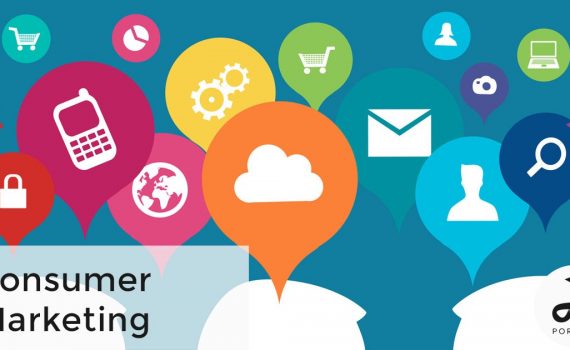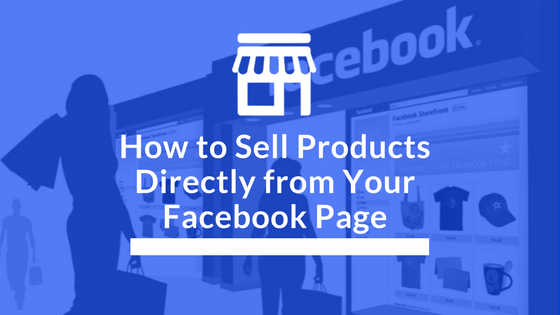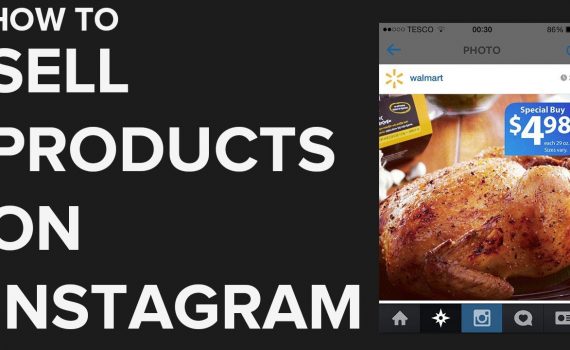
The best guide for consumer marketing
Category : Digital Marketing Consulting
To set your DTC business up for success, you need to establish a brand, then fight for brand awareness in a competitive marketplace. In this guide, I’ll walk you through how build a brand and start propping up your shiny, new direct-to-consumer business.
1. Find your brand voice
While you mostly likely already have an idea of what your brand stands for and your value proposition, DTC advertising means that you need to concentrate on exactly how to articulate that. I think it is best to start with a mission statement to use as your “north star” for the brand. From there, your marketing team should work closely with product and sales to determine consumer profiles, a messaging map for a brand voice, graphic design elements for your website, ads, and collateral.
That may be overwhelming—let’s break it down.
Buyer personas
Consumer profiles can be simple at first, to reach the widest audience. When you’re just starting out, your offering may appeal to audiences you haven’t thought of yet. Start by outlining demographics, socioeconomic status, product use, and geography. From there, you can start to think about creating buyer personas.
For example, one of your buyer personas may be Rachel, a stay-at-home mom. She’s married, 40 years old, lives in the suburbs, and has a hectic home life. She is the keeper of the keys when it comes to their bank accounts and her family is comfortable but saving for a summer vacation. Rachel spends her spare time on Pinterest and Facebook.

Rachel is an ideal customer for a company like Wayfair, which allows you to buy affordable furniture online. She would also be a good customer for food or clothes delivery boxes—anything that would help save her time and money. Including details like this in your profiles can help you create marketing content and advertisement specifically for your buyer personas.
DTC brand messaging
Messaging maps can also be short and sweet. Start with your brand positioning: What niche do you fill in the market? What makes you stand out from your competitors? From there, you can define your
exact value proposition. It may sound silly, because you should already know both things off the top of your head, but writing them down is essential.
To find your brand voice, you need the above for the most essential part of DTC advertising: your tagline. Think of it as a mini-mission statement, something to inspire, motivate, captivate, and differentiate a brand. For a DTC brand to catch fire, you need a catchy tagline the website and ads. Like this one from Billie!

Brand style guide for DTC
Any expertise in graphic design would come in handy for laying out a DTC brand style guide. This is where you can lay out your brand palette—primary colors, like those used in your logo, and secondary colors, like those used across your website. Make sure you keep in mind that you will be need colors for online and print! Define these by their HEX or RGB color codes.
You can also define your typography, like the fonts used in headings and paragraphs. Importantly, this is the opportunity to define where and how your brand logo, colors, and typography should be used. This makes it simple to onboard and hire employees and freelancers, who will know how to fit the brand into products, marketing, and advertising.
Having a brand style guide helps shake out exactly what you what your brand to look and sound like. As you get ramped up, this will prevent confusion in advertising, on your website, when you speak to prospects, customers, and more. If you need to look at examples before you get started, a lot of brands have their brand guides available online.
2. Create a website
This is obvious, but consumers need somewhere to go and make a purchase. Your website is the face of your company. Luckily, there are so many options out there: WordPress, Weebly, Wix, Squarespace, Shopify.
A few things to remember when creating your website for marketing purposes:
- Make it mobile friendly! Any website platform should help you do this automatically, but double check every page you create on your phone and work from there.
- Include analytics tags. You’ll need to create a Google Analytics account, in addition to the platform you are using for CRM and install tags on your website. These will track the visitors to each page help you optimize from there.
- Use email submit forms. When creating your website, make sure to include a form to collect email addresses. Email address not only help with email marketing outreach, but they can supplement your online advertising efforts through targeting.

- Link to social accounts. Social media marketing can make a DTC brand name recognizable, so you want to do everything possible to boost followers and engagements.
- Highlight contact information. This is absolutely needed to make your website user-friendly, make your brand consumer-friendly, and let people know how to bill you—or find your office/store.
3. Advertise for DTC
Okay, now we can get down to serious business. While organic content is important, you will need to drive visitors to your brand-new website to buy your products. Here is where you should be advertising your direct-to-consumer brand.
Paid search
Paid search advertising is the place to start when you are kicking off a DTC brand. With your baseline of messaging, you can define which keywords to bid on. When someone types in “where to buy a mattress,” Casper is making sure their website is at the top of the results page.
Yes, Google Ads is hard. But you’re in the right place. WordStream has tons of resources to help you get started.
Paid social
To reiterate, social media is important for DTC brands. While an organic presence is great, putting some money behind Facebook ads, Snapchat ads, and Twitter ads is a way to amplify your brand voice. Paid social allows DTC brands to leverage messaging in a personal, catchy way.
Like Google Ads, starting to advertise on Facebook or Snapchat can be daunting. Again, Wordstream has plenty of resources to help you get your feet wet!
Email campaigns
This is where that collection of email address from website visitors comes in handy. Pool together your list of contacts and set up some email campaigns. Start with transactional emails: welcome, thank you for your purchase, shipping notification, customer support, etc. From there, you can think about building out promotional campaigns, as well.

You’ll need an email marketing service. Again, like website platforms, there are plenty of options. From MailChimp and Constant Contact to full-service marketing automation platforms, you can choose what fits for your brand. If you need tips on how to target your emails to DTC brand buyer personas, we have you covered.
Programmatic
If you are not familiar with programmatic advertising, think of it as display ads, the banners that appear in the side bar on websites. Programmatic refers to the automated way those ad spots are purchased. The biggest benefits here are the scale and targeting that programmatic advertising gives brands for a relatively low price.
There are tons of options out there for programmatic ad buys like Amazon, Double Click (Google), LiveRamp, App Nexus, and Media Math.
Out-of-Home advertising
If you are like me, you’re thrilled when the subway is empty enough that you can read the funny Casper ads. I also get my list of new TV shows to watch from the posters on the platforms (thank you for the Marvelous Mrs. Maisel!). OOH advertising is exactly what it sounds like: any advertisements that you find outside of your own house, like billboards, posters, and blimps. Podcast advertising has been big for DTC brands as well.

Remember to reference your buyer personas before buying placements—if your target audience is in the suburbs and drives to work every day, placing ads in the subway won’t get you far.
Read more Just learn everything about ecommerce marketing
_______________________________________________________________________________
Please contact us for seo service packages at TDHSEO.COM.
TDHSEO Team
Email: tdhseo@gmail.com
Skype: tdhseo
https://www.facebook.com/tdhseo
Thank you!




























